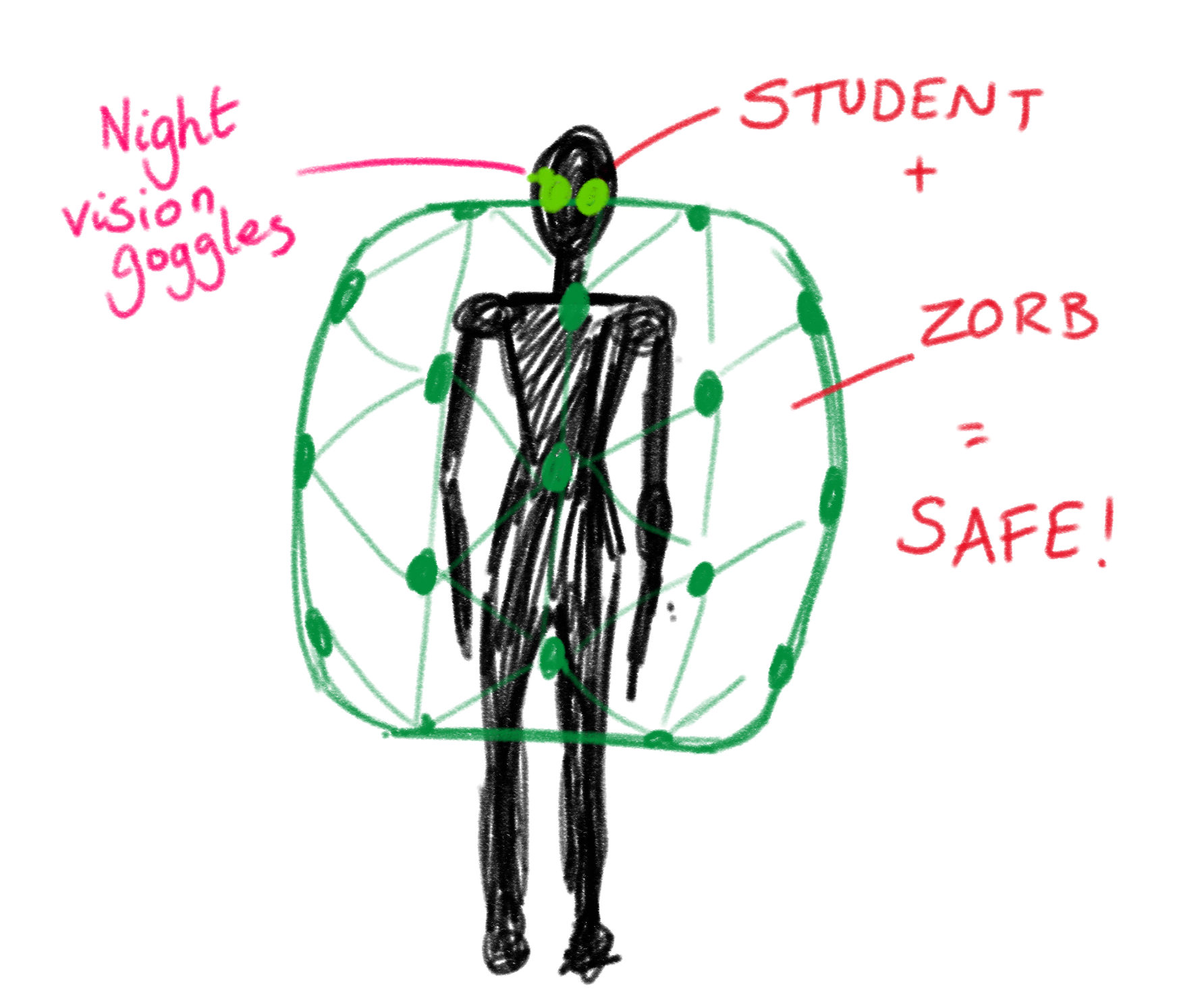Barts in the Sp(O2)light
Take a deep breath in. And hold.
Heart racing, a tightness in your chest, and eventually, loss of consciousness. Such is the power of oxygen; we are entirely dependent on it for mass production of the Adenosine Triphosphate molecule, involved in providing energy for everything from muscle contraction to hormone production. Oxygen diffuses into the bloodstream through the lungs as we inhale, and is carried to tissues by red blood cells (RBC) to take part in aerobic respiration (the ‘mitochondria is the powerhouse of the cell’ process). So what happens when we don’t have enough RBCs (e.g. due to cancer/kidney disease)? What about if there is a barrier for oxygen diffusion into the bloodstream (e.g. lung fibrosis)? In short, what happens if our cells don’t get enough oxygen?
(You can breathe out now).
The Nobel Prize in Physiology and Medicine 2019 was awarded jointly to William C. Kaelin Jr., Gregg L. Semenza, and Sir Peter J.Ratcliffe, for ‘for their discoveries of how cells sense and adapt to oxygen availability’. Sir Ratcliffe (born 1954), is a nephrologist (kidney doctor), who started his training at Cambridge and finished it at St Bartholomew Hospital Medical College. Currently working at Oxford, his lab was instrumental in eliciting the molecular mechanisms of oxygen sensing in cells.
The Science
A well characterised response to hypoxia (oxygen deficit) is through the kidneys, which sense hypoxia in blood and release Erythropoietin (EPO), a hormone that accelerates the production of RBCs in the bone marrow. Building on this, the researchers found that most cells in the body, not only the kidneys, have mechanisms to sense hypoxia. This involves two players; the Hypoxia Inducible Factor (HIF1), a transcription factor (involved in activating the production of proteins) comprised of HIF-1α and the ARNT subunits, and the Von Hippel-Lindau protein (VHL).
In normoxia, oxygen binds to the HIF-1α protein, which then facilitates the binding of VHF and other proteins to it. The HIF-1α has now been tagged for destruction, and is degraded by proteins called proteasomes. In hypoxia the HIF-1α subunit is not degraded as oxygen does not bind and hence neither does VHF, and proteasomes do not receive the right signal. The HIF-1α and the ARNT now combine, and go on to perform functions like activating the EPO gene.
The implications of this discovery are vast; it has been shown that tumours have a raging demand for oxygen due to their uncontrollably replicating cells, and they harness the hypoxia pathway for angiogenesis, i.e. formation of new blood vessels to fuel their needs. Hence, a comprehensive understanding of the hypoxia pathway paves the way for future research in this area, as well as pharmacological solutions that work on this pathway.
Sir Peter Ratcliffe joins a long list of previous Nobel Prize winners from Barts and The London:
Nobel Prize for Physiology or Medicine
1902 - Sir Ronald Ross
For characterising the lifecycle of the malaria Plasmodium
1932 - Edgar Adrian
Work on understanding the function of neurons
1936 - Sir Henry Hallett Dale
Study of Acetylcholine as a neurotransmitter
1982 - Sir John Vane
For research on Prostaglandins (hormone-like compounds)
2019 - Sir Peter J.Ratcliffe
For work on how cells sense and adapt to hypoxia
Nobel Peace Prize
1995 - Sir Joseph Rotblat
Peace category for his work on nuclear disarmament








